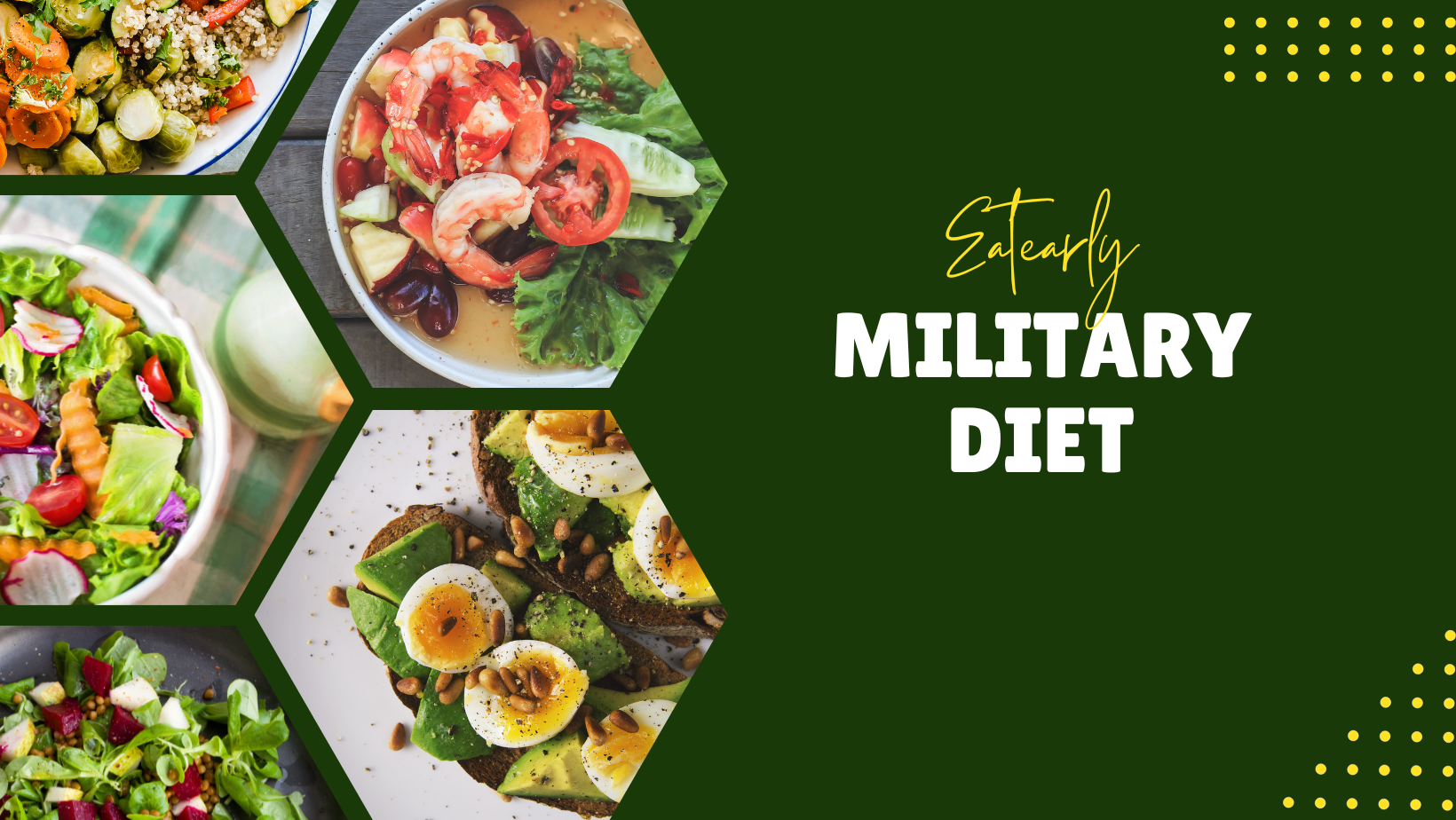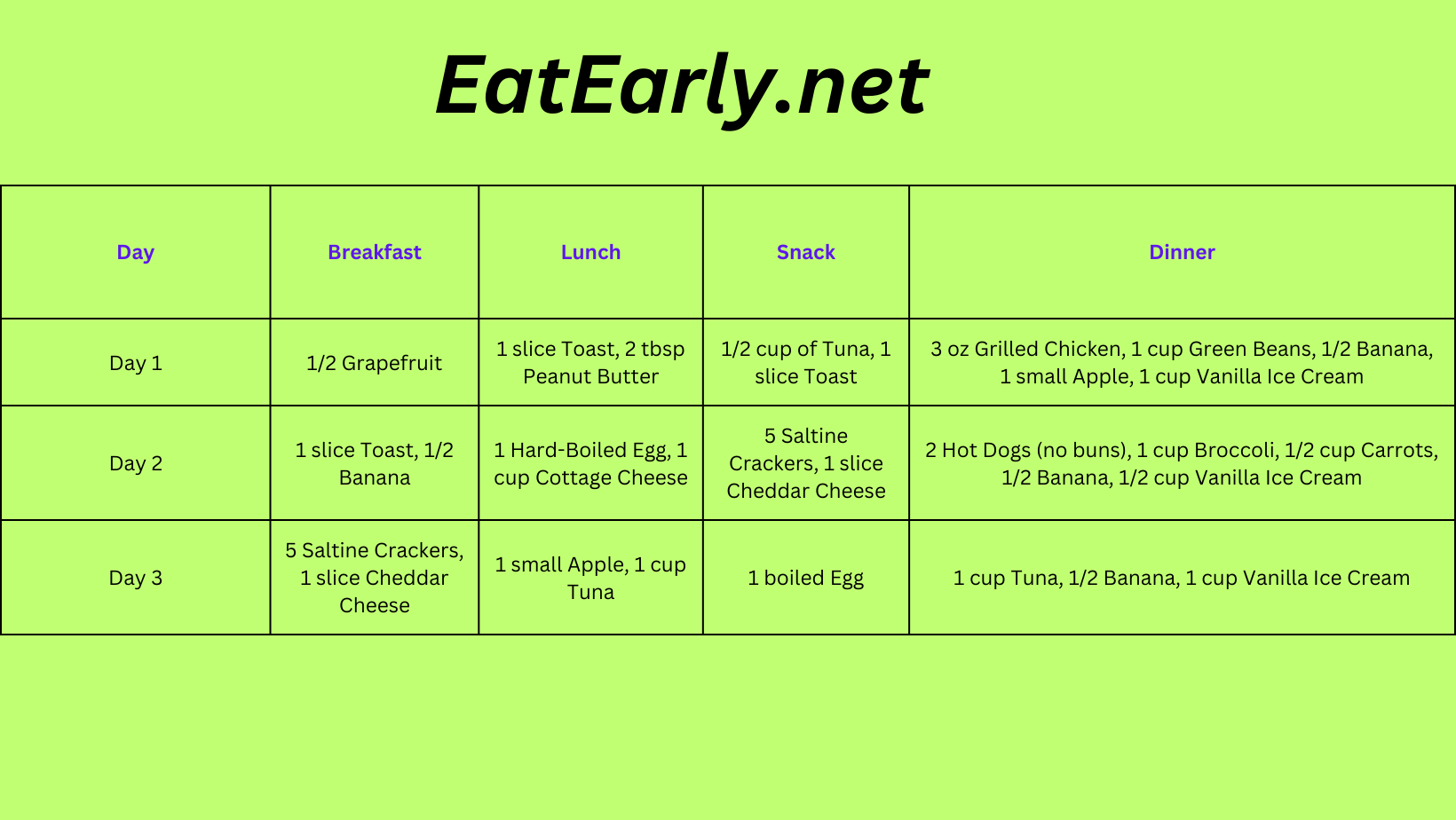Introduction
You have decided to perform Atkins diet and looking for food/grocery/shopping list?
You are at the right article and keep reading
In a world overflowing with diet trends and fads, the Atkins Diet stands as a timeless, evidence-backed approach to weight management and overall well-being. But to successfully navigate this low-carb, high-fat dietary regimen, you’ll need a comprehensive understanding of what you can and cannot eat. This blog post serves as your ultimate guide, breaking down the Atkins Diet food list, elucidating its principles, and providing practical insights to help you thrive.
Understanding the Atkins Diet: A Primer
Before we delve into the intricate details of the Atkins Diet food list, let’s grasp the fundamental principles that make this diet so effective. Named after its founder, Dr. Robert Atkins, this diet hinges on controlling your carbohydrate intake. By doing so, you push your body into a state of ketosis, where it shifts from relying on carbohydrates for energy to burning stored fat. This metabolic transition not only promotes weight loss but also offers a plethora of health benefits.
The Four Stages of the Atkins Diet
The Atkins Diet unfolds in four distinct phases, each designed to serve a specific purpose in your quest for health and weight management. Let’s explore each phase in detail:
Phase 1: Induction
- Goal: Restrict your daily net carb intake to a mere 20-25 grams.
- Focus: Load up on high-fat foods like meats, poultry, fish, and non-starchy vegetables.
- Avoid: Sugar, grains, and carb-heavy items.
Phase 2: Balancing
- Goal: Gradually increase your daily carb intake by 5 grams per week.
- Additions: Start incorporating more low-carb vegetables, nuts, and seeds into your diet.
- Continue to Avoid: Sugary treats and processed foods.
Phase 3: Pre-Maintenance
- Goal: Discover your carb tolerance while maintaining your weight loss.
- Inclusion: Reintroduce fruits, legumes, and whole grains in moderation.
- Monitoring: Keep a close eye on your progress.
Phase 4: Maintenance
- Goal: Sustain your weight by consuming a sustainable amount of carbs.
- Principle: Continue enjoying a diverse range of nutrient-rich foods.
- Stay Active: Maintain a regular exercise routine and adhere to a balanced diet.
The Comprehensive Atkins Diet Food List
Now, let’s delve into the heart of the matter: the foods that will become your trusted companions on your Atkins Diet journey.
Proteins
- Lean Meats: Chicken, turkey, beef, and pork.
- Fatty Cuts: Bacon, lamb, and beef.
- Fatty Fish: Salmon, trout, and sardines.
- Shellfish: Shrimp, crab, and lobster.
- Eggs: Opt for free-range or organic varieties.
Low-Carb Vegetables
- Leafy Greens: Think spinach, kale, and arugula.
- Cruciferous Veggies: Embrace broccoli, cauliflower, and Brussels sprouts.
- Other Options: Zucchini, bell peppers, asparagus, cucumber, and celery.
Healthy Fats
- Avocado: Versatile and packed with heart-healthy monounsaturated fats.
- Olive Oil: A Mediterranean staple rich in antioxidants.
- Coconut Oil: Ideal for high-temperature cooking.
- Butter: Opt for butter sourced from grass-fed cows.
- Nuts: Almonds, walnuts, pecans – a source of healthy fats and protein.
- Seeds: Chia seeds and flaxseeds are excellent choices.
Dairy
- Full-Fat Cheese: Explore a variety of cheese types.
- Heavy Cream: Ideal for coffee and low-carb recipes.
- Greek Yogurt: Choose unsweetened varieties.
- Cottage Cheese: A protein-packed option.
Beverages
- Water: Staying hydrated is essential for overall health.
- Herbal Tea: Sip on unsweetened herbal teas for a comforting alternative.
- Coffee: Enjoy in moderation, but steer clear of excessive sugar or syrups.
- Sugar-Free Sparkling Water: A refreshing and carb-free choice.
Sweeteners (in moderation)
- Stevia: A natural, calorie-free sweetener.
- Erythritol: A sugar alcohol with minimal impact on blood sugar.
- Monk Fruit Extract: Derived from a fruit native to Asia, it’s a promising low-calorie sweetener.
Foods to Tread Lightly With
While the Atkins Diet opens up a world of culinary possibilities, it’s vital to remain cautious of foods that can derail your progress. Here are items to limit or avoid:
- Sugary Foods and Beverages: This encompasses everything from candies to soda.
- Grains: Bid adieu to bread, rice, pasta, and other grain-based products.
- Starchy Vegetables: Potatoes, corn, and similar high-carb veggies should be consumed sparingly.
- Legumes: Beans, lentils, and chickpeas may not be your allies on this diet.
- Processed Foods: Most highly processed items are laden with hidden carbs and unhealthy fats.
- Trans Fats: These unhealthy fats are commonly found in many processed snacks and fried foods.
Conclusion: Embarking on Your Atkins Journey
With this comprehensive food list and a profound understanding of the Atkins Diet’s phases, you’re now well-equipped to commence your journey toward better health and effective weight management. Nevertheless, bear in mind that each person’s body responds differently. It’s always wise to consult with a healthcare professional before making significant dietary changes. Stay committed, savor the diverse array of foods at your disposal, and witness your health and vitality flourish on the Atkins Diet.









